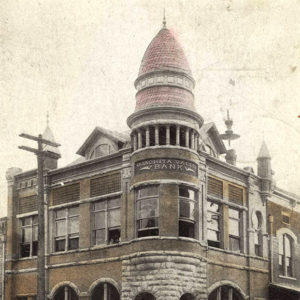 Ouachita Valley Bank
Ouachita Valley Bank
Entry Category: Cities and Towns - Starting with O
 Ouachita Valley Bank
Ouachita Valley Bank
 Overcup Lake
Overcup Lake
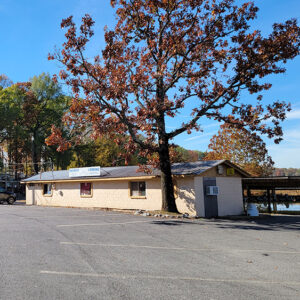 Overcup Landing
Overcup Landing
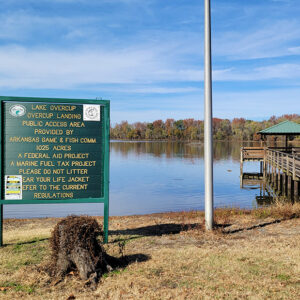 Overcup Landing
Overcup Landing
 Overlooking Acorn
Overlooking Acorn
Owensville (Saline County)
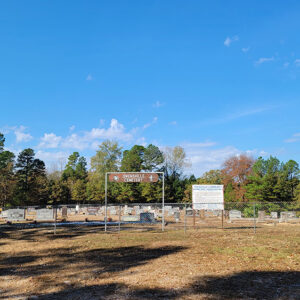 Owensville Cemetery
Owensville Cemetery
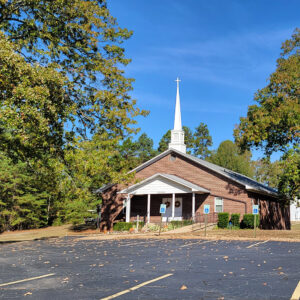 Owensville Church
Owensville Church
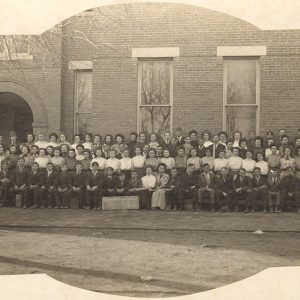 Owensville High School
Owensville High School
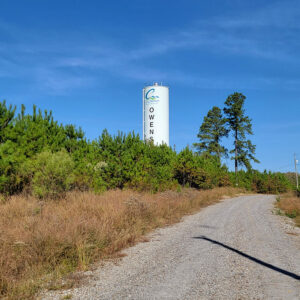 Owensville Water Tower
Owensville Water Tower
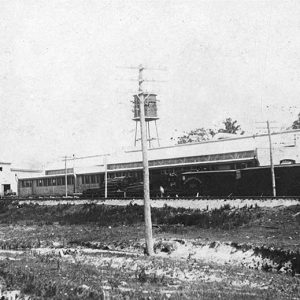 Owosso Manufacturing Co.
Owosso Manufacturing Co.
 Owosso Manufacturing Co.
Owosso Manufacturing Co.
Oxford (Izard County)
Ozan (Hempstead County)
aka: Mound Prairie (Hempstead County)
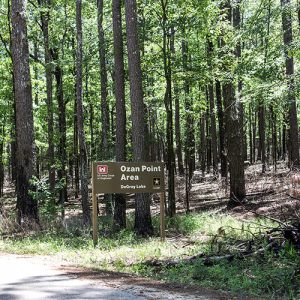 Ozan Point
Ozan Point
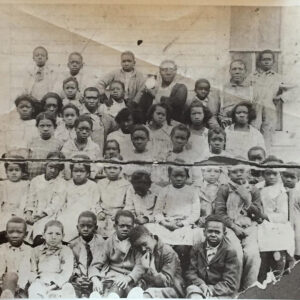 Ozan Students
Ozan Students
Ozark (Franklin County)
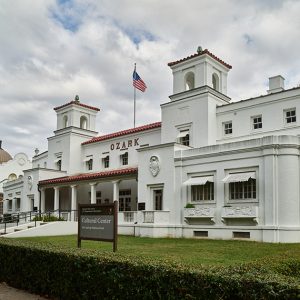 Ozark Bathhouse
Ozark Bathhouse
 Ozark Bridge
Ozark Bridge
 Ozark Church
Ozark Church
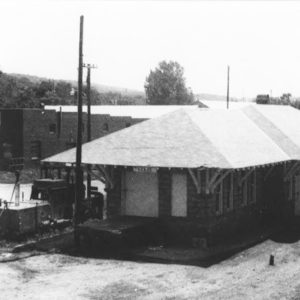 Ozark Depot
Ozark Depot
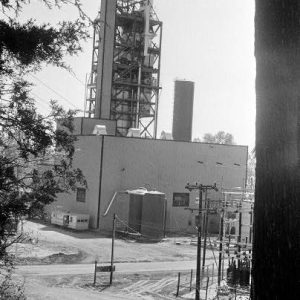 Ozark REA Plant
Ozark REA Plant
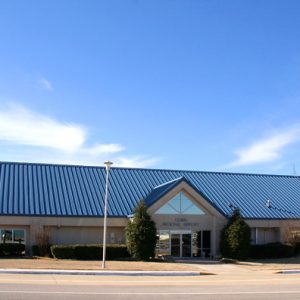 Ozark Regional Airport
Ozark Regional Airport
 Ozark Souvenirs
Ozark Souvenirs
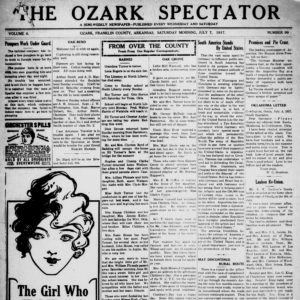 Ozark Spectator
Ozark Spectator
 Ozark Street Scene
Ozark Street Scene
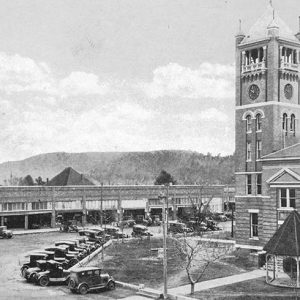 Ozark Street Scene
Ozark Street Scene
 Ozark Street Scene
Ozark Street Scene
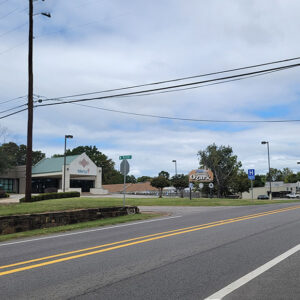 Ozark Street Scene
Ozark Street Scene
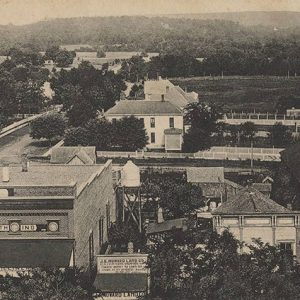 Ozark View
Ozark View
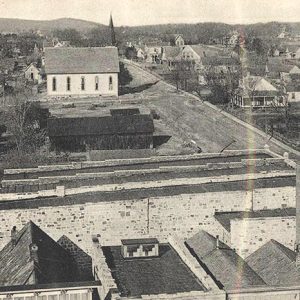 Ozark View
Ozark View
 Ozarka Water Tanks
Ozarka Water Tanks




